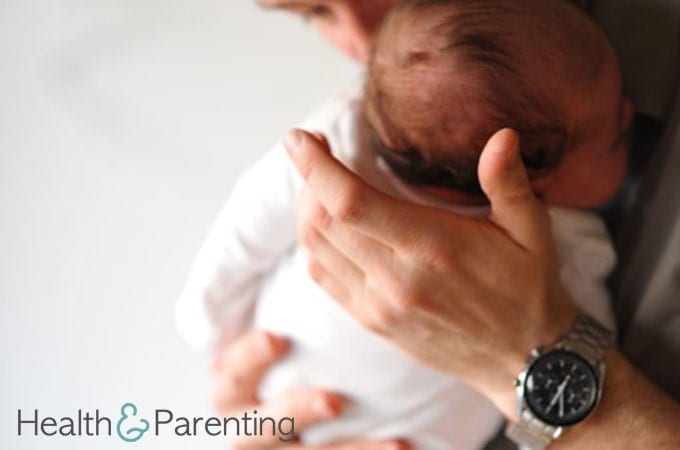Lots of parents swear by babywearing as a way of coping with life as a new parent. Newborns aren’t keen on being put down. They will scream every time you try to make a cup of tea, and will want to feed as soon as you need to leave the house. Babywearing allows you to keep your baby close (even breastfeeding), while still having your hands free to get on with other things.
If you have other children, you may find that babywearing allows you extra time to spend with your older children. You can feed your baby in the carrier, and play with other children at the same time. That way no-one needs to feel left out, and you avoid the situation of a crying baby and tantruming toddler both vying for your attention.
So, you’ve decided to invest in a baby carrier, but a quick glimpse at the products available sends you into a panic. There are just so many choices available, and you have no idea which one will be right for you. Here’s a quick guide to choosing a baby carrier to help you out:
Stretchy wraps
These are often described as the best way to carry newborn babies. The carrier consists of a long strip of stretchy fabric which you tie round yourself. It might sound scary, but there are loads of instructional videos online showing you how to do it correctly. The wrap is tied first, and then you just pop your baby in. Once in the wrap, the baby will be carried almost weightlessly on your front, and you’ll have your hands free to do other things. You will be able to breastfeed discreetly in a stretchy wrap, and your newborn will likely find it a comfortable place to nap.
Ring slings
Ring slings are adjustable and worn over one shoulder. The ring allows you to adjust and tighten the carrier to suit your child. These carriers can be used from birth to toddler. There are a number of different styles available, and you can choose from padded and unpadded carriers. You can breastfeed in a ring sling. There are plenty of instructional videos online that show how to tighten and adjust ring slings.
Woven wraps
These are long-lasting and versatile carriers that can be used from birth to toddler. There are lots of different ties and carries to try, and although this may make it seem complicated, it does give you greater control. There are plenty of instructional videos online showing the different ties and carries. Woven wraps come in different lengths, and the required length will depend upon your size, and the carries you intend to use it for. Breastfeeding and napping are both popular activities for babies in woven wraps.
Pouch slings
Many people consider pouch slings to be the easiest type of carrier to use. There’s no tying involved, you simply pop the carrier over one shoulder and then place the baby inside. For newborns, the baby will be held across your body by the carrier, but as the baby grows and becomes stronger, he will be able to sit in an upright position. You can breastfeed in a pouch sling, and your little one will easily fall asleep snuggled into your front. Pouch slings do come in different sizes, though, and you want to be sure you get the right one for your baby. Pouch slings can be dangerous for newborns if they’re used or sized incorrectly.
Soft structured carriers
These are sometimes also referred to as “Asian style carriers” because they are based on traditional Asian carriers. These are available with buckles and as tie on carriers. The buckled carriers are arguably easier to use, although some would argue they are more difficult to adjust than a tie on carrier. These carriers can be used from birth to toddler, although many require a newborn insert to provide head support to young babies. Your baby will be able to breastfeed in the carrier, and will be fully supported if he chooses to have a nap.
With any carrier, be sure your newborn is held “close enough to kiss” – meaning high and tight against your body. Be sure baby’s chin isn’t pressed down onto his chest, so that he can breathe freely. Never allow the baby’s face to be covered by the sling fabric.
Babywearing is very popular, and there are new sling libraries popping up across the USA and UK all the time, so do contact your local sling library for more information. They will be able to show you the different types of slings available, as well as teaching you how to get the most out of your sling. Most libraries will allow you to borrow a sling for a short time to decide if it is the one for you. Baby carriers are an investment, so it’s worth doing your researching and making sure you buy the right carrier for your needs.
Written by Fiona, proud owner of a toddler, @fiona_peacock
This information is not intended to replace the advice of a trained medical doctor. Health & Parenting Ltd disclaims any liability for the decisions you make based on this information, which is provided to you on a general information basis only and not as a substitute for personalized medical advice. All contents copyright © Health & Parenting Ltd 2017. All rights reserved.

















